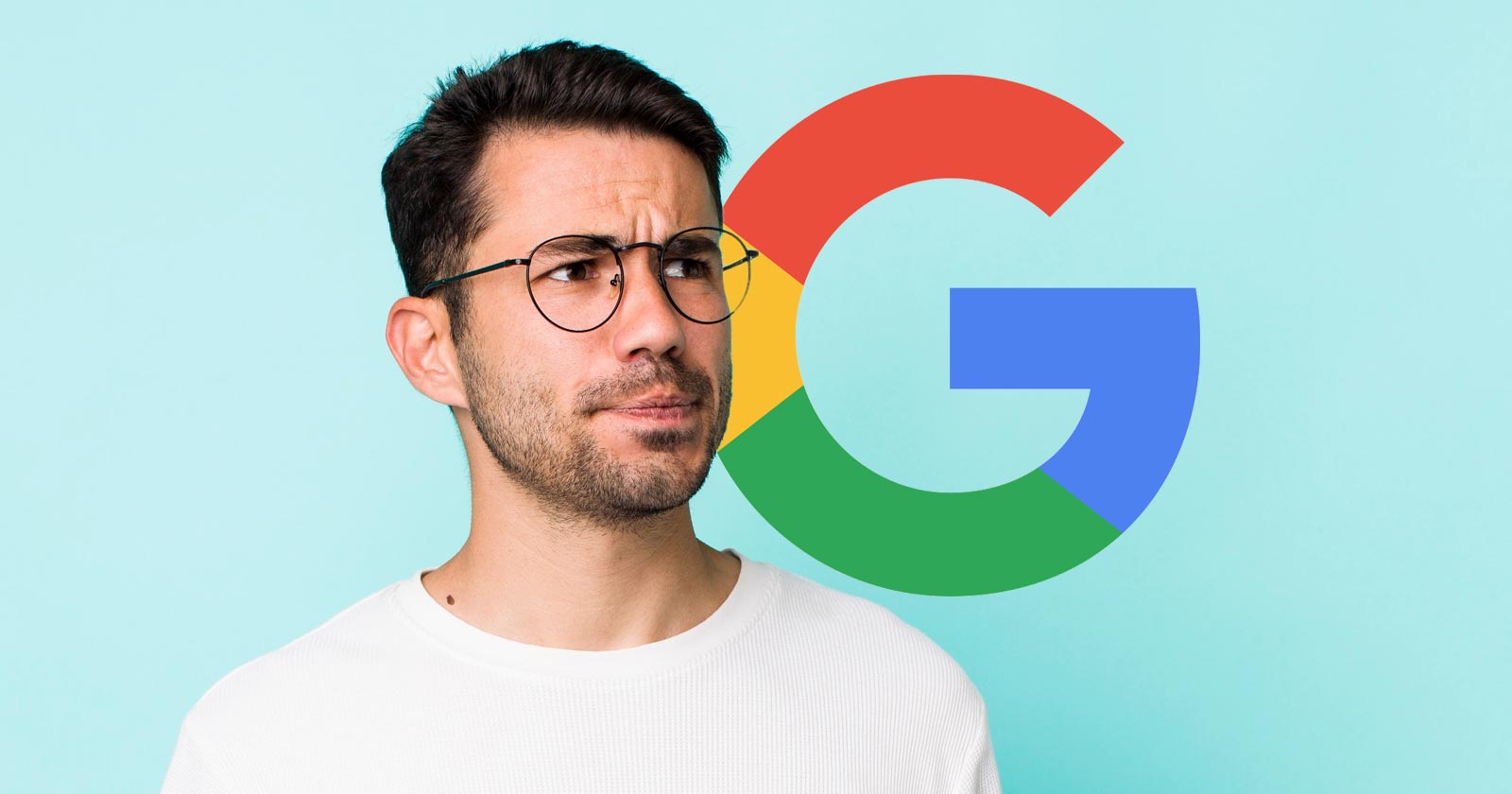- Digital Marketing Mix
- Posts
- 🚨 Google AI Overviews Don’t Use Links (Big SEO Implications)
🚨 Google AI Overviews Don’t Use Links (Big SEO Implications)
New antitrust case reveals Google’s FastSearch ranks AI Overviews without link signals.

Disclosure: This content may contain few affiliate links, which means if you click on them, I will get a commission (without any extra cost to you).
Google’s AI Overviews Don’t Use Links. Here’s Why It Matters.
Last week’s antitrust case dropped a bombshell: Google’s AI Overviews don’t use links in ranking.
Instead, they rely on something called FastSearch, a stripped-down retrieval system that prioritizes speed and semantic matching over traditional ranking signals.
That explains why we’ve seen spammy, even penalized sites showing up in AI Overviews—it’s not Google’s “full” algorithm at work.
What We Know
Here’s the breakdown from court documents:
FastSearch supplies the base documents for AI Overviews.
It retrieves fewer docs than Google Search, making it faster but lower quality.RankEmbed is the core model.
It’s a deep-learning system trained on click-and-query data + human rater input.Semantic relevance > link authority.
FastSearch matches meaning, not popularity, which is why links don’t play a role.User data drives results.
Click patterns and query behavior help train RankEmbed, providing it with context for what is considered “useful.”
👉 In short: AI Overviews don’t inherit the same authority-based checks we’re used to in Google Search.
Why This Is Huge for SEO
For two decades, links were the backbone of Google’s rankings. They were trust signals. Authority signals. The currency of SEO.
But in AI Overviews, links are sidelined. Relevance and user interaction are at the forefront.
This creates a few massive shifts:
Authority ≠ Placement in AI Overviews
Even if your site is highly authoritative, it may not surface if FastSearch doesn’t prioritize it.Content > Backlinks
Semantic alignment, clear answers, and topical coverage matter more than link profiles in AI-driven results.User Engagement Becomes the New Authority
Click data and user satisfaction are shaping RankEmbed. If people engage with your content, that’s more valuable than a backlink.
My Take
This shift is both a challenge and an opportunity.
Challenge: Traditional SEO tactics (link building, PageRank sculpting) have less influence in AI Overviews.
Opportunity: Marketers who pivot toward answer-first content, UX, and engagement optimization will win visibility where links no longer matter.
This also confirms what many of us have suspected: SEO is splitting.
Classic SEO (links, authority, technical health) → still critical for organic rankings.
AI SEO (semantic content, structured data, UX signals) → the new frontier for AI Overviews, ChatGPT, and Perplexity.
What You Should Do Now
Here’s how to prepare for this AI-first search future:
Write answer-first content. Short, direct, scannable responses increase chances of being pulled into AI summaries.
Optimize for semantic relevance. Cover topics thoroughly, use natural language, and address variations of queries.
Boost engagement metrics. Time on page, scroll depth, and clicks matter more than backlinks in FastSearch’s world.
Use structured data. Schema makes your content easier for AI to parse and cite.
Experiment beyond Google. Perplexity, ChatGPT, and Gemini are all shaping discovery behaviors.
Bottom Line
This isn’t the “death of links.” They still matter for organic rankings.
But for AI Overviews—the search feature stealing clicks from your site—links are no longer the deciding factor.
The winners will be the brands that shift from link-first SEO to answer-first marketing.
Final Thought:
SEO is no longer one game. It’s two. Traditional search will still reward links as trust signals. AI Overviews will reward clarity, semantic relevance, and engagement. You can’t ignore either.
$10,000 free ad credits to test catalog ads on TV
LIMITED TIME ONLY.
Marpipe, the leader in catalog advertising, partnered with Universal Ads to launch catalog ads on streaming TV for the first time ever.
This isn’t your typical “brand awareness” TV play - this is pure performance marketing on premium streaming inventory.
If you’re running catalog ads on Meta or Google, you know they work. Higher ROAS, better performance, consistent results.
The problem? You’ve been stuck on small screens.
Not anymore.
Turn your existing product feed into high-performing video ads and launch them on TV as effortlessly as you do on social.
We’re so confident it’ll be your next big growth channel that we’re offering $10,000 in free ad credits with no strings attached to test it out. Be an early mover on a massive wave before everyone else catches on.
Ready to claim your $10,000?
Looking for more in-depth strategies and exclusive content?
Check out my Gumroad page for courses, guides, and tools that can help take your digital marketing to the next level. Whether you're looking to master SEO, influencer marketing, or content strategies, I've got resources to get you there. Plus, you'll find some free content to help you get started right away!
Visit my Gumroad page and explore everything I have to offer!
📰 In the News This Week
1. Found the insights helpful? Forward this email to help fellow business owners or marketers.
2. Spread the word. Encourage your friends or followers to sign up.
3. Have us test and review your marketing or business tool on ShaneBarker.com. We can write a product review, comparison, or industry listicle for you.
If you have any specific questions or topics you'd like us to cover in future newsletters, please feel free to reach out. We'd love to hear from you!
To your content marketing success,
Shane Barker




